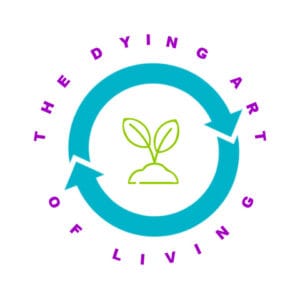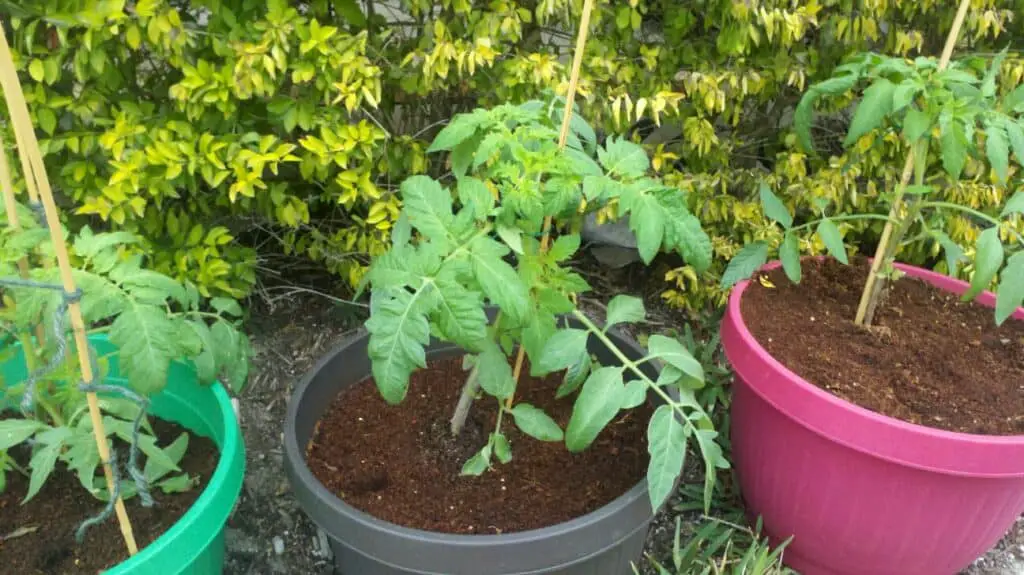
Starting a garden with a small budget seems difficult or even impossible, but I can assure you that gardening can be created cheaply. Whether using recycled materials, gifted plants, cuttings from neighbors, seeds, or scraps of produce left from dinner, you can grow a garden for yourself or your family. The first way to inexpensively try growing your food is to use the things that you would normally toss out.
Numerous vegetables will grow from the scraps cut off for cooking. The first one that comes to mind is green onions. Simply place the bottom of the onion with the roots that you cut off into the water and the greens will grow back! This can also be successful with celery, whole head lettuce, and even some kinds of cabbage or bok choy if the bottom is intact.
You don’t need to purchase pots or soil. You can even recycle a container of sauce or a tub of sour cream and use the water from the faucet. Placing your container in a nearby window is sufficient for growth and it can be done in small spaces. The best thing about this method is it has no added cost!
What if I want to grow different plants?
If you are looking for a more in depth gardening experience, the least costly way to start your garden is by starting the plants you want from seed. Plants that are sold at hardware stores and local nurseries can be expensive. Also depending on where they originate, they may not be ideal for your area or type of garden. Seeds are less expensive but still can add up if you want heirloom or organic varieties. Luckily there are also low and no cost ways to obtain the seeds you are looking for.
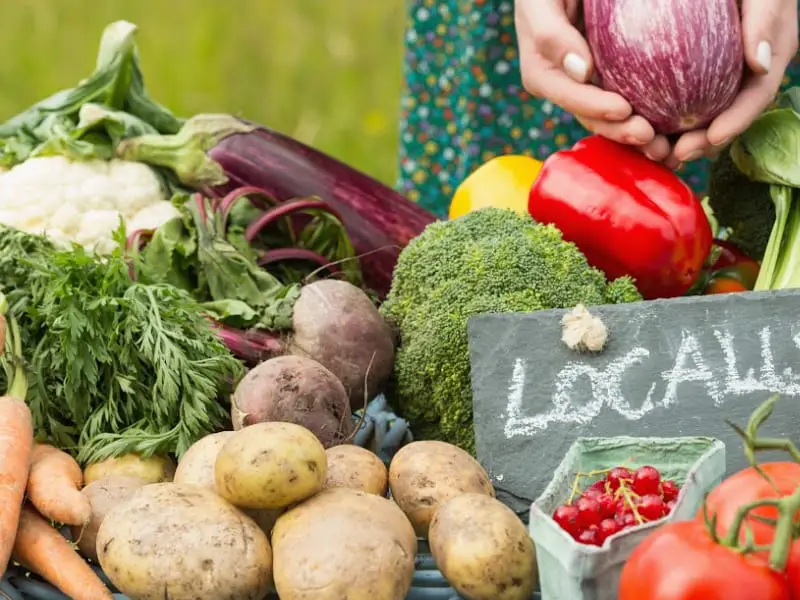
Buying local produce can mean not only fresher food initially but also being able to keep seeds from the things you like that grow well in your area! By rinsing seeds and allowing them to dry you can have the same cherry tomatoes you had at the farmer’s market. This method can be used for most vegetables and some fruits. You can always try to grow from grocery store produce, but the results will be mixed.
If you want to use more mature plants instead of seeds, you can ask for cuttings from gardeners you know. Many vegetables will grow if you plant a cutting from a healthy plant into fresh soil. You can soak the cutting in water for a few days to establish roots and then plant if you prefer. Easy plants to use this method with are tomatoes, zucchini, cucumbers, eggplants, and some melons. These can go directly into the ground or pot to eliminate transplanting again later.
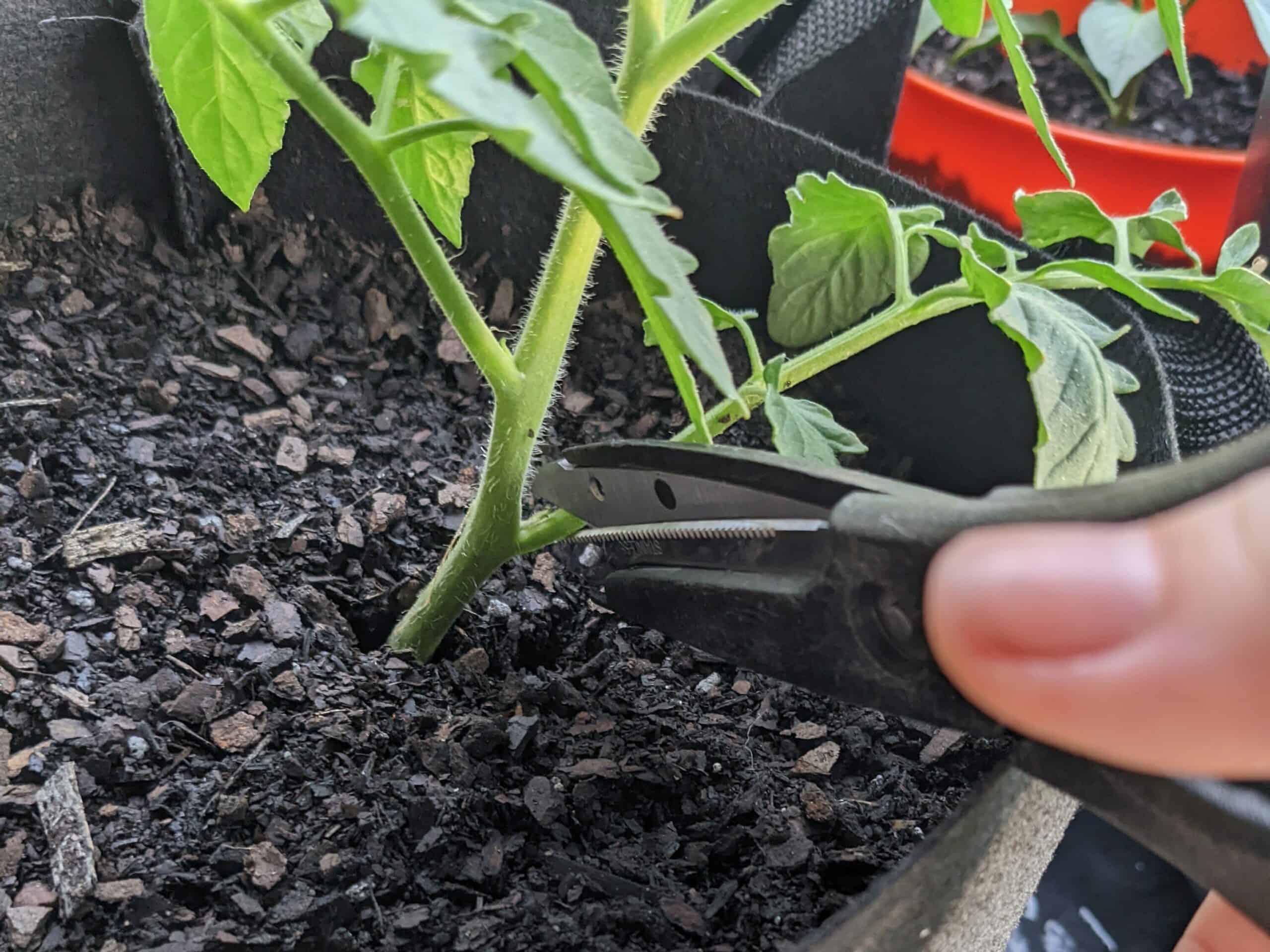
Does it matter what varieties of plants I use?
While using the method above to obtain a garden, make sure you plant these the way they are recommended, or the results can be less than desirable. While beggars can’t be choosers, you need to have the space for the variety of plants you get. Overcrowding causes issues with the plants and can even cause deficiencies in the soil due to sustaining too much.
Most in-ground gardens can accommodate the plants you receive regardless of variety. However, there are some things to consider if you are short on space. The primary consideration would be the size that mature plants will be and if they are determinate or indeterminate plants meaning they either have a maximum size they mature to or they grow as long as they have room, respectively also, if the variety is vining and will need something to climb. This may not be known, but it is always good to have enough space for the plants.
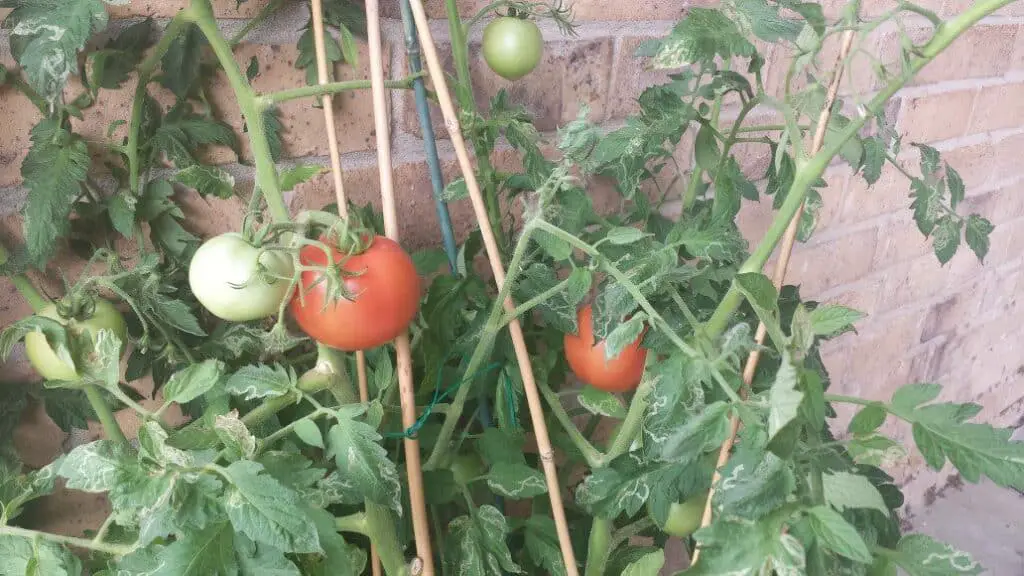
What if I can’t have an inground garden?
One thing that is tricky about wanting to start a garden is figuring out the best garden for your situation. In the ground, gardening is the best way to start a garden for a little money. The soil is already available, you just have to find the location and space you would like to plant. However, there are many reasons this is not an option. If you are a renter, it is not always possible to change the landscape, or you do not have a yard at all.
These problems can be remedied with the option of container gardening. It can be used on apartment patios, in backyards, or in window boxes! It is easy to see the appeal; however, there is a bit more cost.
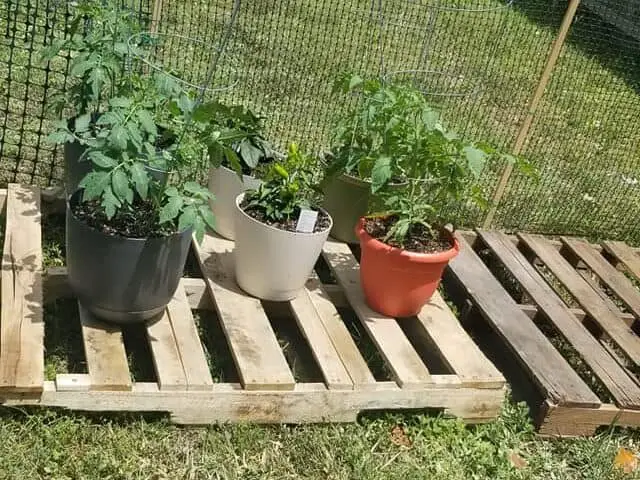
You will need to budget for potting mix, either ready to use or to make yourself. There is no way around needing a mix made for pots as it is lighter and has the proper nutrients. That is not to say you have to buy the most expensive and name brand products on the market. Many store brands or smaller companies have quality soil mixes for a much lower price.
Some may need more fertilizers added, which increases cost in the long run, so make sure you read what you are getting. One way to offset this cost of potting mix is by using alternative containers to grow in.
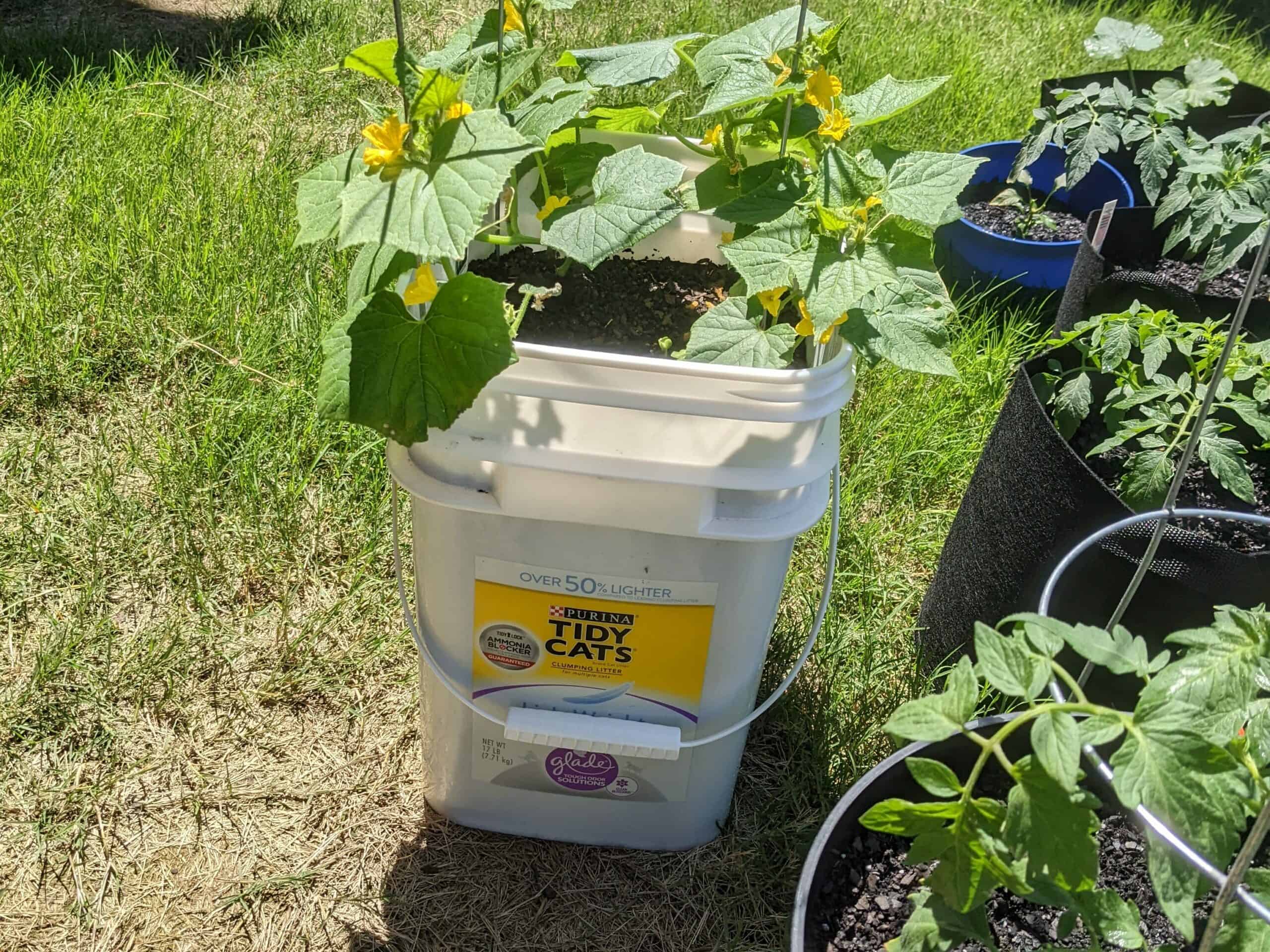
Use what is available to make the most of your garden with the smallest cost. Plants are not picky. Most plants can be grown in recycled buckets, bins, cans, pails, and tubs as long as they are clean, have a couple holes for drainage, and have no chemicals stored in them or are from unknown origins.
I like the giant pails from cat litter! You can purchase pots or planters if you would like, but they are not required. Some places to acquire free containers are bakeries or restaurants that have bulk sized ingredients. Most of the time, they get thrown out, and are happy to give them to you.
While it seems daunting, starting a garden is a fantastic experience. Not only can it get you outside, but you are also nurturing something and establishing a new hobby. Next season, you may expand your garden or realize you are happy sticking to jars of re-growing scraps. There is no wrong way to feel about gardening. Money shouldn’t be an issue that prevents you from finding out what it is like to grow your food.
“The glory of gardening: hands in the dirt, head in the sun, heart with nature. To nurture a garden is to feed not just the body, but the soul.”
Alfred Austin
Check out some of our other posts How To Plant, Grow, Harvest, And Store Garlic and How To Prep Soil For A Vegetable Garden.
I hope this post brought value to your day. Please consider sharing it with a friend or on your favorite social media if it did. Thanks For Reading The Dying Art Of Living!
